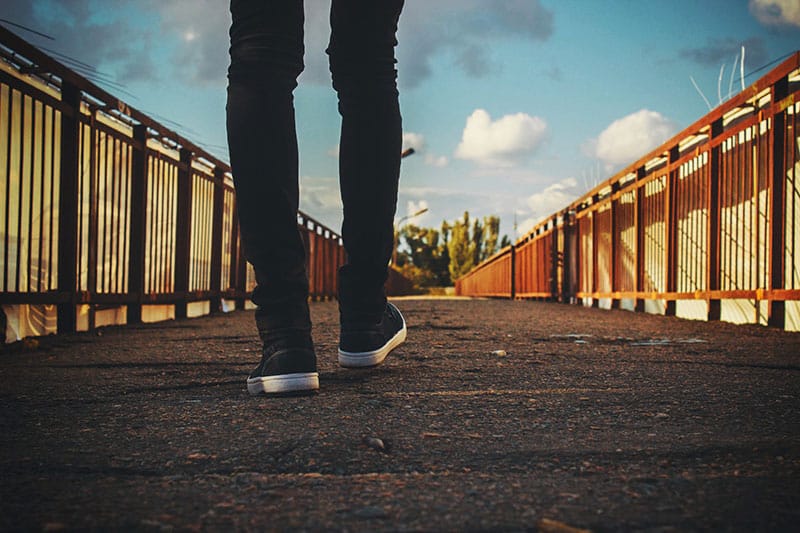5 Common Foot Problems And Treatments

There are many foot-related health problems in the world, but some are more common than others. In this article, we’ve listed five of the more common issues along with some advice on how to deal with them in the hopes of helping you to avoid undue stress or panic in the future should you be forced to deal with foot health issues of your own.
- Athlete’s Foot. This ailment is very common, and is basically a fungal infection that develops on the skin of your feet. It is found most often in between your toes, where moisture can linger (fungi seek out and thrive in places that are both warm and damp, and the spaces between your toes qualify easily for this distinction). People often pick up this fungus in communal places like gyms or pools, where people walk around in bare feet and spread the fungus around. Additionally, this fungus is highly contagious, and can spread not just from person to person easily, but from one part of your body to another; in most cases, it will transfer from your feet to your hands, scalp, or even your groin as a result of physical contact (for example, if you’re touching your feet with your hands, and then don’t disinfect your hands properly afterwards). In any case, athlete’s foot can lead to the blistering, cracking, and peeling of your feet as ell as itchiness. The best way to prevent athlete’s foot is to keep your feet clean and dry, and to treat it there are a variety of anti-fungal creams and sprays available for purchase that can eliminate the fungus on your skin. If the anti-fungal treatment doesn’t work, consult with a physician as soon as possible; they will be able to conduct an exam to figure out the best course of treatment for your condition.
- Ingrown toenails. These occur when your toenail grows down into your nail bed instead of up and out the way it is supposed it. This condition often occurs when a person wears ill-fitting shoes that apply too much pressure on your feet force your nails downward. Cutting your nails straight can help reduce your chances of developing ingrown toenails, as trimming them in a curved line can increase the odds of inward growth. And as mentioned previously, wearing shoes that fit comfortably and aren’t too tight is important for preventing ingrown toenails as well.
- These are essentially bumps that form on the joints of your toes; typically, they form on the large toe and can cause that toe to turn inward. Bunions are seen more often in women than men, and form as a result of tight or narrow shoes that push too much pressure on your toes. And in addition to being unsightly, bunions can cause pain in the affected toe as well as tenderness and pain in that toe when walking. The easiest way to prevent bunions and reduce the impact they have is to wear shoes that fit comfortably and avoid tight-fitting shoes like high heels that squeeze your toes together unnaturally. There are also specially designed bunion pads that can be inserted int your shoes to protect the bunion from extra pressure, which will help prevent it from growing further. You can also apply ice for brief sessions of fifteen minutes to help reduce inflammation.
- These are a common ailment, especially when someone runs, jogs, hikes, or so on for long periods of time; they are also more likely to form if you’re wearing ill-fitting shoes or if your feet are sweating. IN general, there is not much you can do about blisters other than leaven them alone to heal on their own; try to avoid bursting a blister on your own, as it can lead to the popped blister becoming infected.
- Stone bruises. Also known as metatarsalgia, this condition often develops from wearing poorly fitted shoes or after performing high-impact exercises that put your feet under a lot of stress. The most common and obvious symptom of this condition is feelings of numbness interspersed with sharp spikes of pain in the areas of your feet between your toes and the arch of your foot; the sensation is described by many as being similar to the feeling of stepping on a sharp rock or having a stone in your shoe, hence the term “stone” bruises. The easiest way to treat this ailment is to apply ice to the affected area and resting your feet. If the condition doesn’t improve, consider consulting with your doctor for a more thorough course of treatment.








